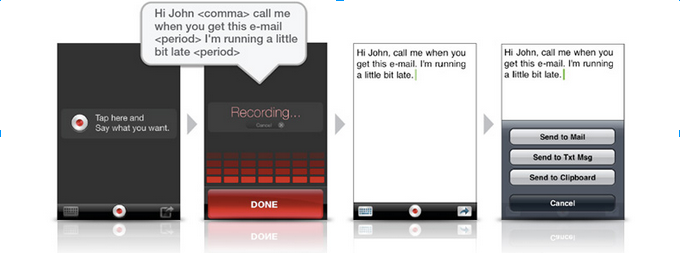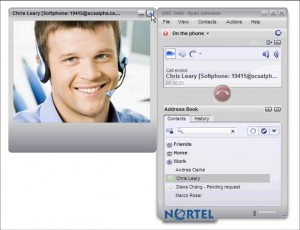Contextual communication, AI and chatbots are on track to revolutionise the way we communicate, prompting experts to herald the dawn of a major communications revolution. What about the contact centre, and how does WebRTC underpin this shift towards improved customer engagement?
More than just chatbots
Most of us have already grown accustomed to talking more and more with machines. Consumers have been given a taste of this new era of communication with the likes of Siri and Alexa, but we’re starting to see this new technology make its mark in the business world. Some contact centres, for instance, are starting to use chatbots to deal with common queries and complaints based on database suggestions. We’ve also witnessed a number of councils using a form of AI as a virtual agent to deal with front line requests. As the number of interactions increases, we can expect to see robots like this learning rapidly and becoming more sophisticated.
However, the impact of AI and machine learning is greater than just for improving chatbots. If we look at the bigger story we can see there is another innovation gaining a foothold in the industry: contextual communication. Made possible by open web technologies like WebRTC, it enables context to be added to every communication to make customer interactions more efficient, personalised and engaged. These contextual communications applications mesh together pertinent information in real-time from CRMs and other databases. The end result is the ability to deal with customer enquiries via web video, chat box or through a mobile app.
The value of context
This is where AI can make a dramatic impact. Determining the right information and communication “context” to serve, informed by a wealth of data, leads to better decision making throughout sales or customer service processes. This ultimately leads to a greater customer experience and applies equally to customer-facing chatbots as it does to virtual assistants. Imagine a VA that could recommend the next course of action for a customer service agent or salesperson to take. Then, move it a stage further and consider that cognitive interactions will understand accents, sentiment and context. This will enable even greater personalisation and decision-making capabilities – a far cry from today’s annoying automated services.
This is how the future of enterprise communications is shaping up – making communication “transparent”, so it’s integral and inherent in applications, and augmenting it with context. What does it mean for ITSPs? We can start with differentiated propositions offering huge productivity and efficiency gains – and a more natural communications experience for customers.
Join us next week to learn more
We’ll be discussing these impacts and more at the ITSPA WebRTC Workshop next Thursday 28th September, Central London. Both Tref and I will be keen to hear your views on contextual communication and how it can drive new revenue opportunities for ITSPs in the coming years. If you are in London and want to come along, register here – it’s free – using the member’s registration.
Other WebRTC content on this blog.

 It was not that long ago that phone companies — and their charges for long distance calls — could not be avoided. We don’t often think about it now, but calling overseas used to be expensive and somewhat complicated. It would require a certain calling plan and a special way of dialing the traditional telephone. Then along came the ability to make calls over the Internet, and now we don’t think twice about having long conversations with friends traveling abroad or scheduling conference calls with business associates in other countries. Apps such as Skype, Google Voice and Tango have made VoIP part of how we live and work, and whether the call we are on is connected via VoIP or not is no longer relevant. And the fact that we know hav the ability to use these apps on any device — a phone, tablet, or computer — means we can talk to anyone, anywhere, at any time. Thank you, VoIP, for this seamless and standard method of communication now at our fingertips.
It was not that long ago that phone companies — and their charges for long distance calls — could not be avoided. We don’t often think about it now, but calling overseas used to be expensive and somewhat complicated. It would require a certain calling plan and a special way of dialing the traditional telephone. Then along came the ability to make calls over the Internet, and now we don’t think twice about having long conversations with friends traveling abroad or scheduling conference calls with business associates in other countries. Apps such as Skype, Google Voice and Tango have made VoIP part of how we live and work, and whether the call we are on is connected via VoIP or not is no longer relevant. And the fact that we know hav the ability to use these apps on any device — a phone, tablet, or computer — means we can talk to anyone, anywhere, at any time. Thank you, VoIP, for this seamless and standard method of communication now at our fingertips.



